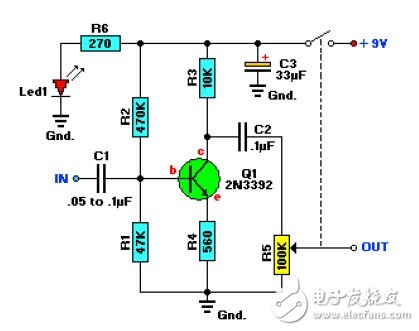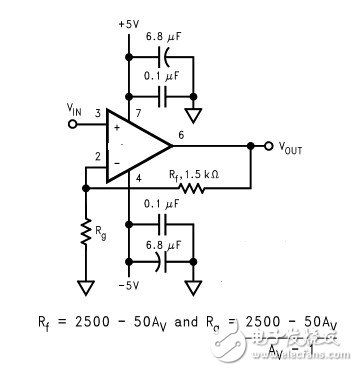The method for judging the ability of circuit design that is widely circulated on the Internet can be broadly classified into two categories: One is the one that is biased towards "metology," for example, the nine levels of circuit design. The content is mysterious and can reach the highest standards of nine paragraphs. There may be few people on Earth. According to this standard of cultivation, it is not necessary to go to the devil. Compared with other types of judgment standards, they are more scientific, more objective, and more common, such as the design of 100 empirical models. This standard focuses on the amount of accumulated knowledge, or it focuses on quantity, but ignores quality. For example, Li Yu can recite more than 30,000 Tang poems, but he can't write “The moonlight in front of the windowâ€. The perfect pen. Affected by this method, many graduate students in the pot in order to pursue the number of knowledge points, indulge in reading paper all day, often listening to netizens said: I have a paper a day.
In comparison, the following criteria for design capability judgment may be more scientific and effective, more practical, and have a certain direction of learning.
The first level cannot judge the stage.
For example, to find the circuit shown in the figure below, the component parameters are all marked. Draw a PCB directly, and if the power is normal, it will end. Because there is no design action in this process, there is no way to judge.

The second level, the design entry phase.
This stage is based on a given circuit structure, and related parameters constraints or conditions to design the circuit to meet the performance requirements.
For example, in the following figure, the circuit has been identified as a non-inverting amplifier. Given Av, the two resistors Rf and Rg can be determined according to the formula.

The third level has a primary design capability stage.
This stage refers to a given circuit structure. Based on the requirements of the final design index, it derives the parameter constraint conditions and the selection principle.
For example, in the above figure, the requirement is to use a non-inverting amplifier to design an Av=10 circuit. How to take two resistors is more appropriate.
Fourth stage, intermediate circuit design capability stage.
Can reasonably choose the required circuit structure, or can be based on indicators, a reasonable modification of the circuit structure, given the design requirements to meet the requirements.
For example, only know the gain, PSRR, CMRR, etc. of the amplifier to be designed, select or modify the circuit structure so that it can complete all the indicators.
Fifth stage, advanced circuit design capability stage.
The designers of this stage are getting better and better. The concrete performance is that they can be very flexible in improving the application, innovation and development, the ability to solve problems easily, and the arbitrarily largest energy-efficient arrangement ability. The value of each component in the circuit is Just right, no fire. Ultimately, the potential capabilities of the circuit are maximized.
(Looks like the Internet completely meets these requirements, many companies in Europe can not do this, so its circuit performance is ethical, ordinary, and Intel's very strange)
Note: Different industries may have different requirements, so their performance is not the same. But in general, the analog circuit design in different industries can be summarized as: circuit / system / process / CAD these four major blocks, but only focus on different points, such as engaging in discrete parts design, process requirements will be weak.
Which stage do you belong to after reading?
Power Station 1000W,Output Portable Power Station,Generator Portable Solar Panels,Outdoor Mobile Power Bank
Guangdong pisen electronics co., ltd , https://www.pisenpro.com